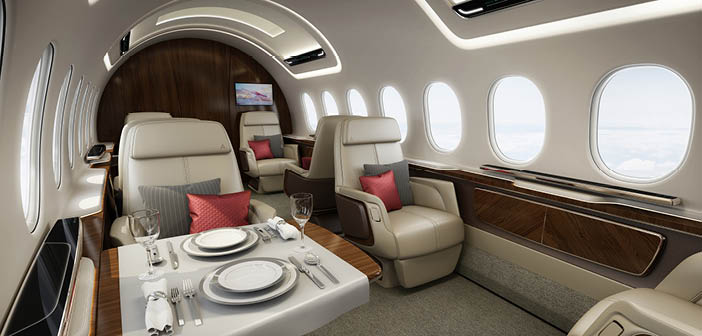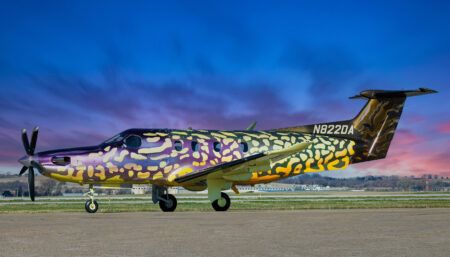The latest addition to Aerion’s board of directors, Gulfstream and Bombardier veteran Bryan Moss, gives an update on the AS2 supersonic jet development program.
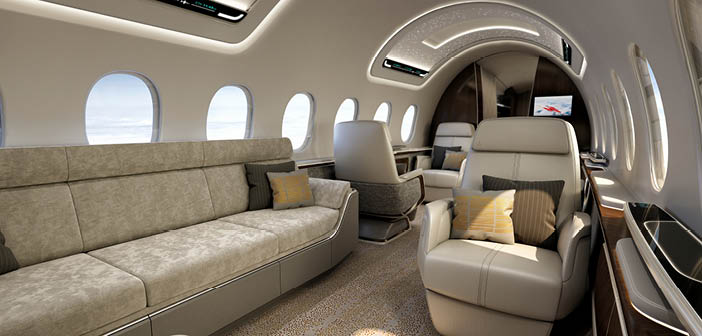 What have been the highlights of your career so far?
What have been the highlights of your career so far?
It’s a huge satisfaction to have had a hand in the creation of new aircraft, and I would cite two in particular, the Bombardier Global Express, which created the ultra-long-range segment, and the Gulfstream G650, which has become the segment leader. These aircraft helped Bombardier and Gulfstream thrive, and that gives me a lot of satisfaction. Both set new benchmarks for aircraft interior design, which we will do again with the Aerion AS2 supersonic jet.
How has the industry changed over the course of your career?
As commerce has globalized, so have the capabilities of the aircraft that facilitate global business. Transcontinental USA used to be the standard, because the USA was predominantly where business was to be found. That’s no longer the case. Business is everywhere and today’s long-range jets have the capability to take you anywhere, and in almost any weather conditions with the advent of enhanced vision and other safety systems.
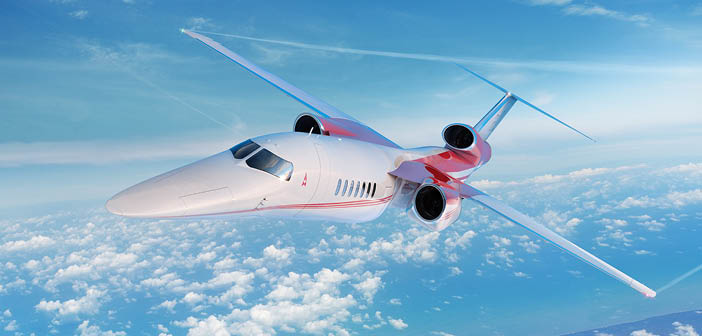 How will supersonic flight change the business aviation industry?
How will supersonic flight change the business aviation industry?
It will change aviation and travel in general, and this will start with business aviation. Those who can afford supersonic travel will have an edge; they will increase their productivity because they will reach more places in less time. If you can be across the Atlantic and back in a day, you can take that trip productively. Your competitor might not. If you can save five hours each way across the Pacific, you’re going to feel better and be more effective, and maybe you will be inclined to take more such trips because the AS2 makes them less onerous. Supersonic speeds will open all kinds of new possibilities, much as did the transition from pistons to jets.
Can you give a program update?
In 2017, Aerion announced it was working with GE Aviation on a supersonic engine and had joined forces with Lockheed Martin to bring the AS2 to market. Those are two pretty big milestones, and we could not ask for more prominent and capable partners. Their involvement gives us confidence in achieving first flight in 2023 and certification in 2025.
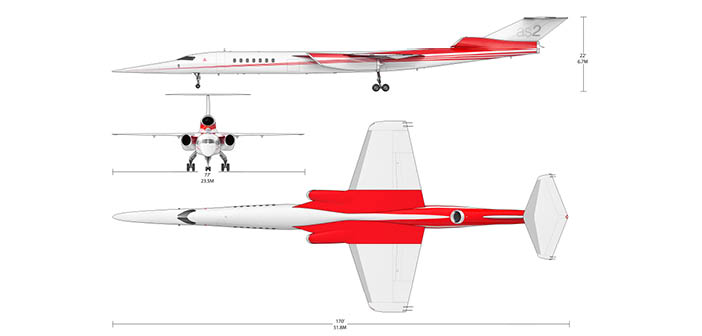 What role will you play in bringing the AS2 to market?
What role will you play in bringing the AS2 to market?
I’ll do whatever I can to make this program a success. The heavy lifting will be done by a younger generation of extremely talented engineers at all three companies. We have attracted the best to this program because we have an exciting program and engineers want to be a part of it. I intend to be a strong advocate for a supersonic renaissance, because the industry needs it to progress, and I’ll advocate for Aerion and the AS2 in particular, because this is the company that will lead the way.
What are the key challenges and how is Aerion overcoming these?
From a technical standpoint there are no show stoppers, especially now with an engine definition from GE. That has been probably the largest technical hurdle. Now the biggest challenge is execution. If you look at the track record of GE and Lockheed Martin, plus our own talented team, we feel well positioned to move ahead with the program.
